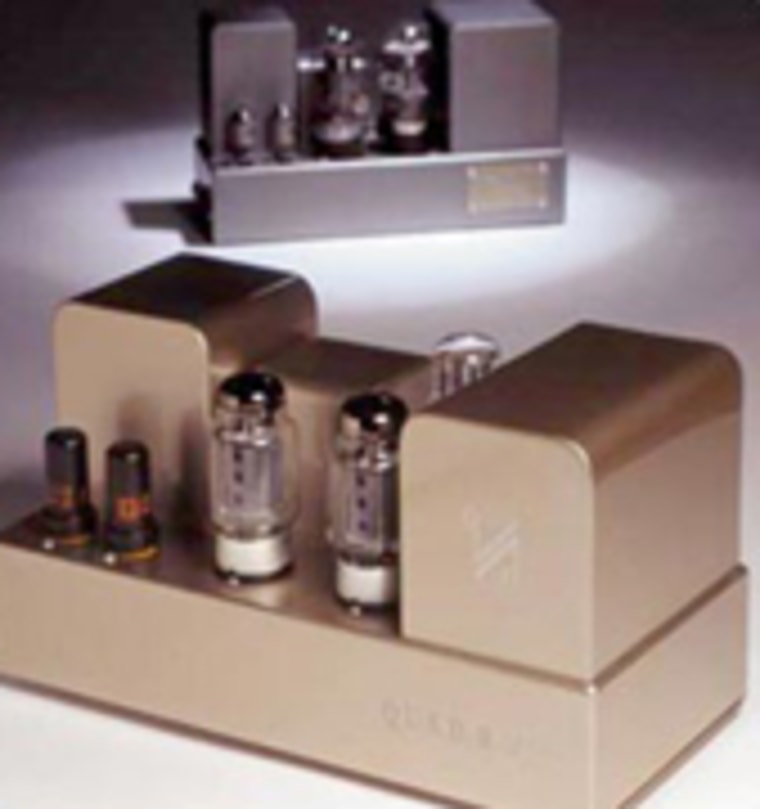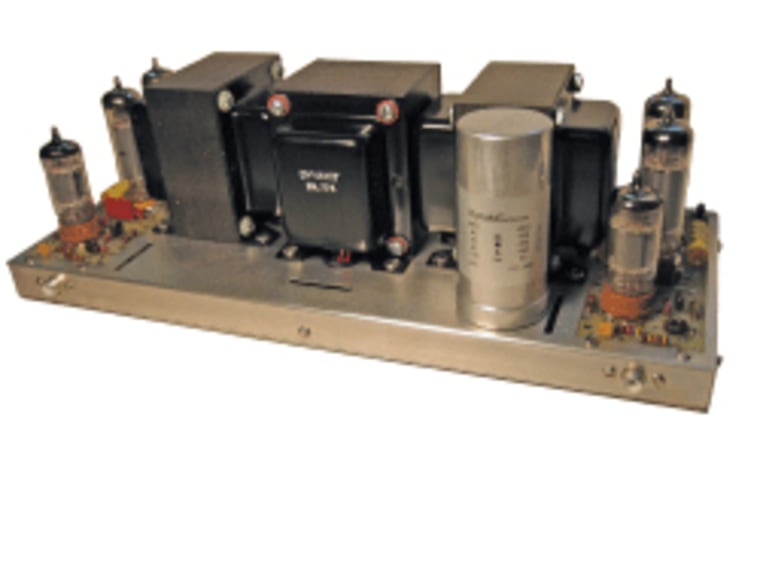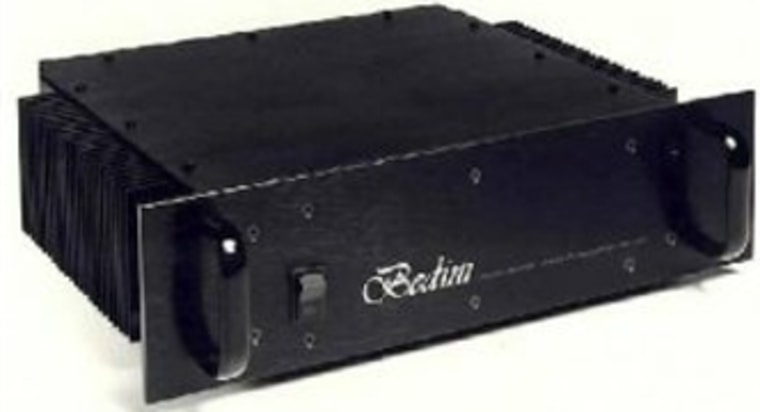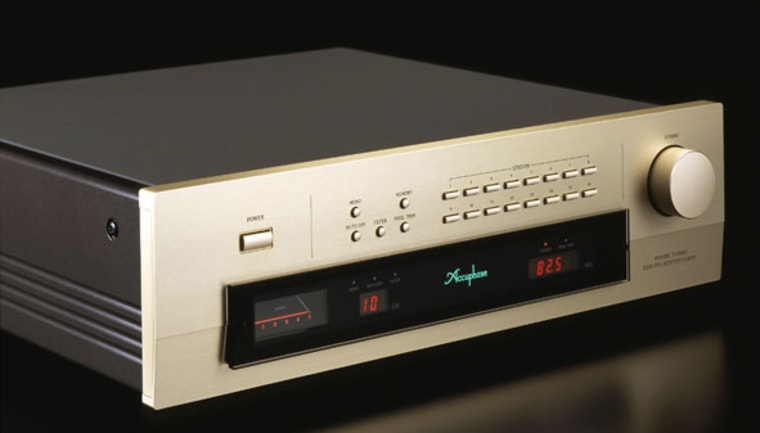I have recently discovered that finding the perfect loudspeaker is an amazingly daunting task. I’ve explained in the first part of this saga what it was like finding a near-perfect pair of Quad ESL-57 speakers — what I consider the best sounding speakers ever.
But, the speakers were only the first part of the equation. For the past few months I also have been trying to find the perfect combination of hi-fi gear (amplifier, pre-amplifier, tuner, CD and turntable) to go with the speakers. I think I’ve come pretty close.
During my quest, I’ve auditioned dozens of different components — especially amplifiers — and I zeroed in on some great sounding, affordable gear.
My 1962-era Quads still sound better than any other speaker I’ve ever heard. But, I’ve found that the speakers sound different with every amplifier I found.
I limited my search to components, which would not harm the speakers. You can literally blow a hole in Quads with amplifiers that are unstable or too powerful. Unfortunately, it’s way too easy to harm these speakers.
To keep my own pair of Quads safe I’ve auditioned mostly low-wattage amplifiers both tube and transistor designs.
Quad made — and actually still makes — amplifiers that are perfect for the task of making music. I listened extensively to 70’s-vintage Quad 33 control and Quad 303 power amps.
These were first-generation transistor models. Sound-wise they’ve held-up pretty well over the years. Actually, the 303 sounds very good — approaching the best of today's offerings. I like it much better than a pair of similar looking monophonic Quad 50E amps.
On the other hand, the 33 preamp sounds somewhat dated. Surprisingly though, the 33 and 303, when paired with the matching Quad FM3 tuner, creates a system that is pleasant to look at and listen to.
Because of currently reasonable resale prices, used Quad 33s and 303s are perfect targets for upgrading.

Before transistors, Quad made some of the most terrific-sounding tube designs on the planet. Because the Quad II amplifier is still in great demand as used equipment, the current owners have decided to begin producing the amps again in China.
The new Quad II Classic is a 15-watt, monoblock design. That means you need one amp for each channel. Basically they are the same design as those made a generation ago — in the 1950’s. The new amps are fitted with a few modern-day parts to replace those that aren’t made anymore. The sound quality is smooth and clean.
The new, matching Quad QC24-24 tube pre-amplifier I auditioned sounded pretty terrific in the system too.
I could probably install these new amplifiers — sit back and listen to the music — and be happy for the rest of my life. But, that would means I wouldn’t be inclined to try all the other gear out there. Quad II Classics retail for $2,700 for the pair.
I’ve tried other tube gear as well. Dynaco amplifiers, originally made in Philadelphia, are favorites of Quad speaker owners. I’ve spent lots of hours listening to my ancient Dynas including what some consider the best for the task — the Dyna Stereo-70 (35-watts per channel).
I found that I actually preferred a smaller model — a Stereo-35 (17.5-watts per channel). It is considered, by many Quad aficionados, to be one of best sounding amplifiers you could use on ESL-57s.
I’ve been lucky enough to have two ST-35s to try — a classic one from the early 60’s and a brand new one — now being marketed as a kit by the people at DynaKitParts.com. Both old and new had the same tubes — a complete set of modern-day JJ-brand EL-84 and 12DW7 tubes.
Both old and new amps sound very similar and very good on the Quads. I think I’d give a slight preference to the newer version. It just sounded cleaner and better.

I highly recommend this amp-speaker combination. The new Dyna Stereo-35 kits sell for the reasonable price of $450-480. (Tubes and top cover are extra.)
I’ve also tried another well-liked amplifier based on tiny EL-84 tubes, the Music Reference RM-10. I was able to borrow an original Mark I edition from fellow Quad owner Robin Wyatt.
This amplifier’s designer was able to squeeze 35-watts per channel out of the same tubes that produce 17.5-watts on the Dyna. Sound quality is top notch. Overall, I’d say there’s less “warmth” in the voices (compared to the new Dyna) but a much more warm bass register.
The Music Reference people are now marketing a new, $1,950 Mark II version. I haven’t heard it — but I’m told that it sounds even better.
As for transistor amplifiers, I tried a number of low-powered, Class A designs. Class A means the amplifier’s transistors are always working at their peak. These amplifiers usually produce low amounts of power but an incredible amount of heat. People overlook the heat because Class A amps can sound great.
A classic, unmodified, first-generation Sugden A21 (10-watts or so per channel) integrated amp sounded good – but not quite up to today’s best. I didn’t get a chance to hear a modern-day A21 (yes, they’re still making these great amps.)
On the other hand, I got to try a difficult-to-find Marantz PM-4 integrated amp which sounded really, really terrific. Integrated amp means it contains a pre-amplifier/control section as well as a power amplifier in one chassis.)
The PM-4 (15 Class A-watts per channel) is one of audio expert Ken Kessler’s favorites. The sound quality of this amp is amazing — especially on a set of Quads. If you can find one (good luck) grab it.

I was also able to audition a Bedini 25/25. Popular in the early 1980’s, the Bedini is one terrific sounding amp. From the lowest lows to the highest highs (and everything in between, the Bedini has the ability to make the Quads sound like they’re playing somewhat louder than other amps. It’s an interesting phenomenon.
The Bedini also is the hottest-running transistor amplifier I’ve ever tried. Needless to say, this time of year the Bedini would not be my first choice to use all the time. (Unless I get a separate air conditioner unit just for the amp.)

I was also able to try the monster Accuphase A-30 amplifier. This is a mega-dollar, modern-day, 30 Class-A watts per channel powerhouse. When used with a matching C-2400 preamp as well as the superb T-1000 FM tuner the sound quality was some of the best I’ve ever heard anywhere.
They should sound great. The C-2400, A-30 and T-1000 combination will set you back more than $21,000!
In the final installment, I’ll tell you what I’ve done to my transistor Quad amps. They now sound like they’re brand new. Actually, even better than new!
